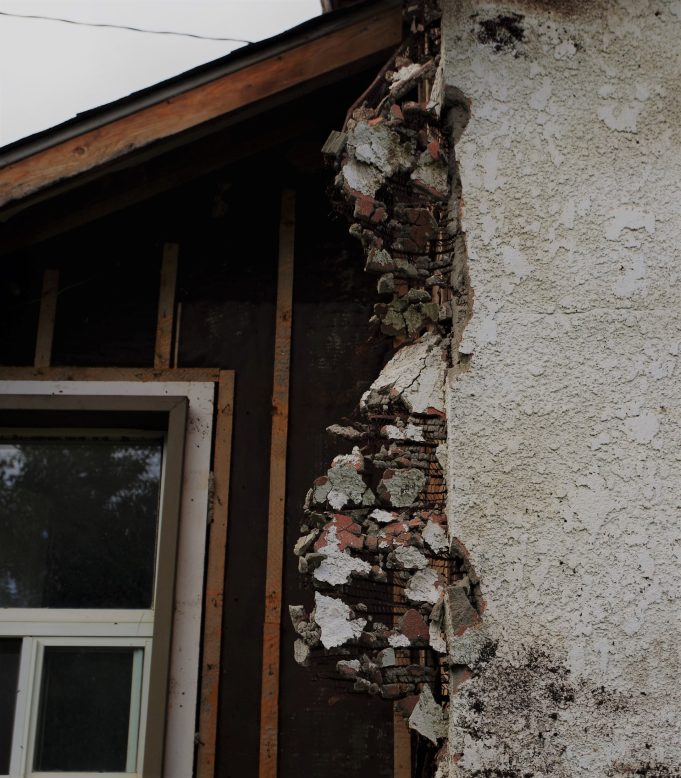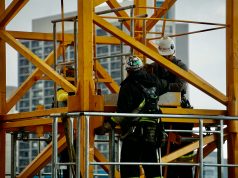Whilst you may think of Asbestos as a problem from the past, we are on top of it. Did you know that Asbestos currently kills around 5000 people each year? That’s more than skin cancer!
The Government has now committed to removing all Asbestos from all public and commercial buildings by 2060.
Although that sounds reasonable, by no means is this a small undertaking as Asbestos is thought to be in 80% of properties built before 1980 (which accounts for almost every school, hospital, workplace and building in the country).
The scope of this initiative means that it will require a huge amount of collaboration between the Government and Professional Asbestos Removal organisations across the UK. Whilst there is not currently enough information on how these changes will affect each sector individually, here is what we know:
Where Can Asbestos Be Found?
Although Asbestos has been banned in the UK since 1999, it is still present in many buildings and public places. The fibres can be found in several materials, including:
- Asbestos insulation board (e.g., “fibro”)
- Asbestos cement sheeting (e.g., corrugated asbestos cement sheets and pipe lagging)
- Roofing felt that contains Asbestos or is made with asbestos-containing materials
It Will now Be Illegal to Sell or use Asbestos as of 2023.
The deadline for the UK to remove Asbestos from all public and commercial buildings is 2060.
Asbestos was used for decades as a cheap fireproofing material for construction. Still, it’s now recognized as harmful to health when disturbed or damaged by construction crews working on old structures.
Some countries, such as the United States, have a faster deadline for removing Asbestos. This means that we won’t be able to use or sell any more of this material in our country after 2040.
How Dangerous is it?
Asbestos is not dangerous if handled properly but should permanently be removed by professionals.
Asbestos has been used for many years in buildings as insulation material for walls and ceilings, and can become friable over time, which means it is broken down into tiny pieces that are easily inhaled by people who work or visit these buildings.
Asbestos exposure causes many serious diseases, including mesothelioma (cancer affecting the lining of the chest or abdomen), lung cancer (cancer of the lung) and asbestosis (a chronic inflammatory condition of the lungs).
It’s estimated that around 40,000 people die each year from asbestos-related diseases, such as mesothelioma.
However, if left untreated, Asbestos can cause cancer and lung disease when the asbestos fibres are disturbed or inhaled.
How do we Remove it?
Only trained professionals should carry out asbestos removal. When Asbestos is removed without the appropriate precautions and training, it can be a serious health hazard.
If you think that there may be any asbestos present in your home or commercial properties, then please get in touch with an asbestos removal professional today so they can assess whether this is the case or not.
If it is confirmed that there is indeed Asbestos still present within a property, then a full removal using all necessary safety measures required by law – including full dust suppression throughout removal work areas so as not to disturb harmful dust particles outside those zones where they could be inhaled into people’s lungs while working on site.
Ultimately we should be aiming to get this stuff out of our lives as soon as possible. So take the time to learn about your home and if you suspect it may be present in your home, contact the professionals ASAP.














